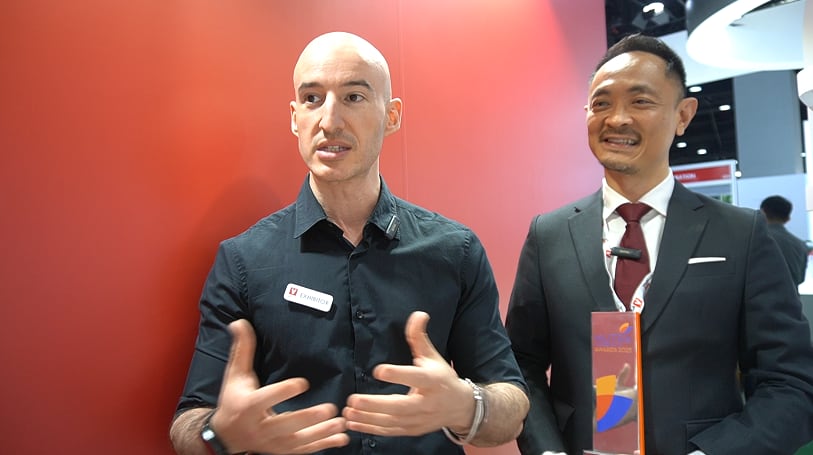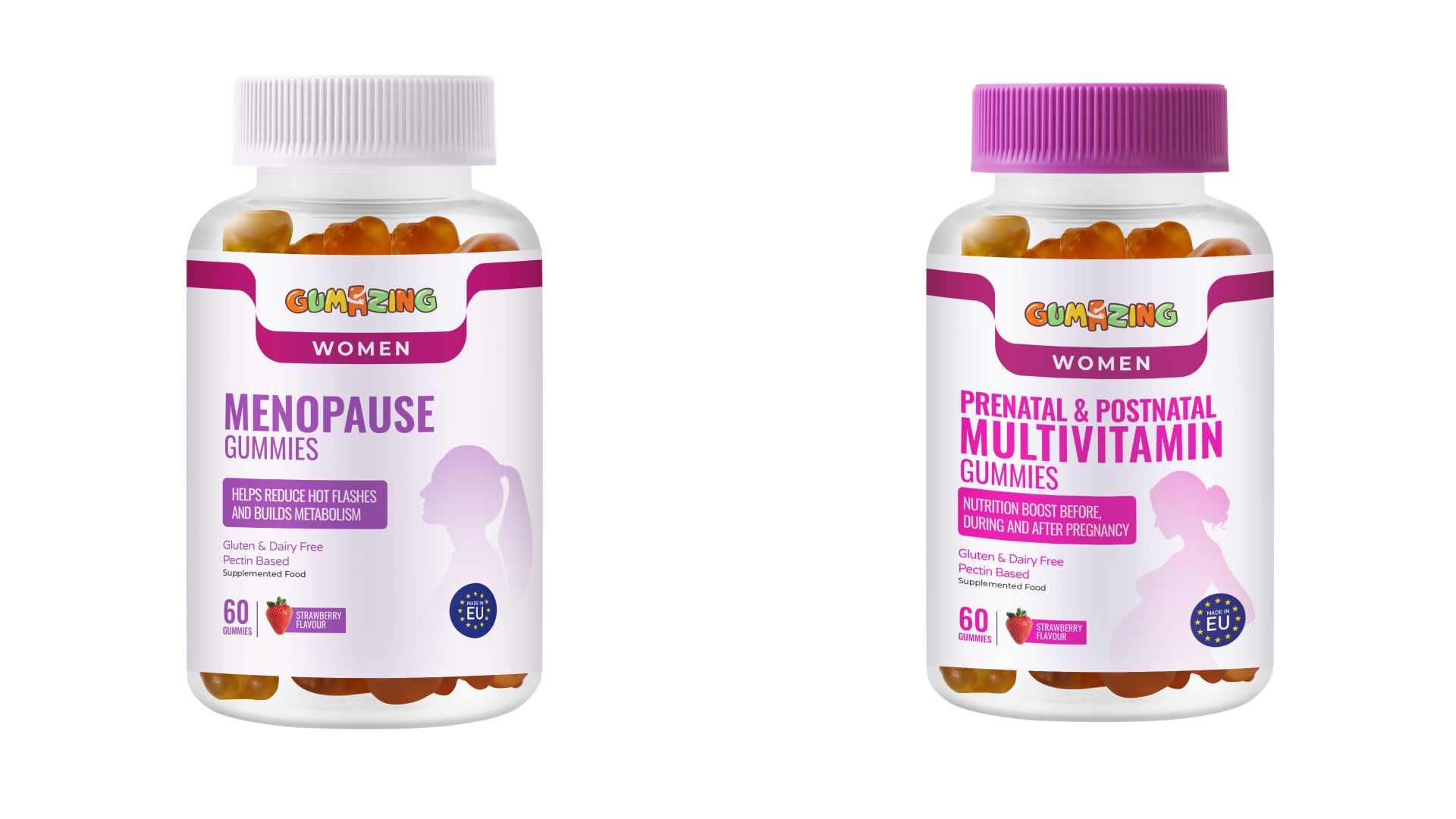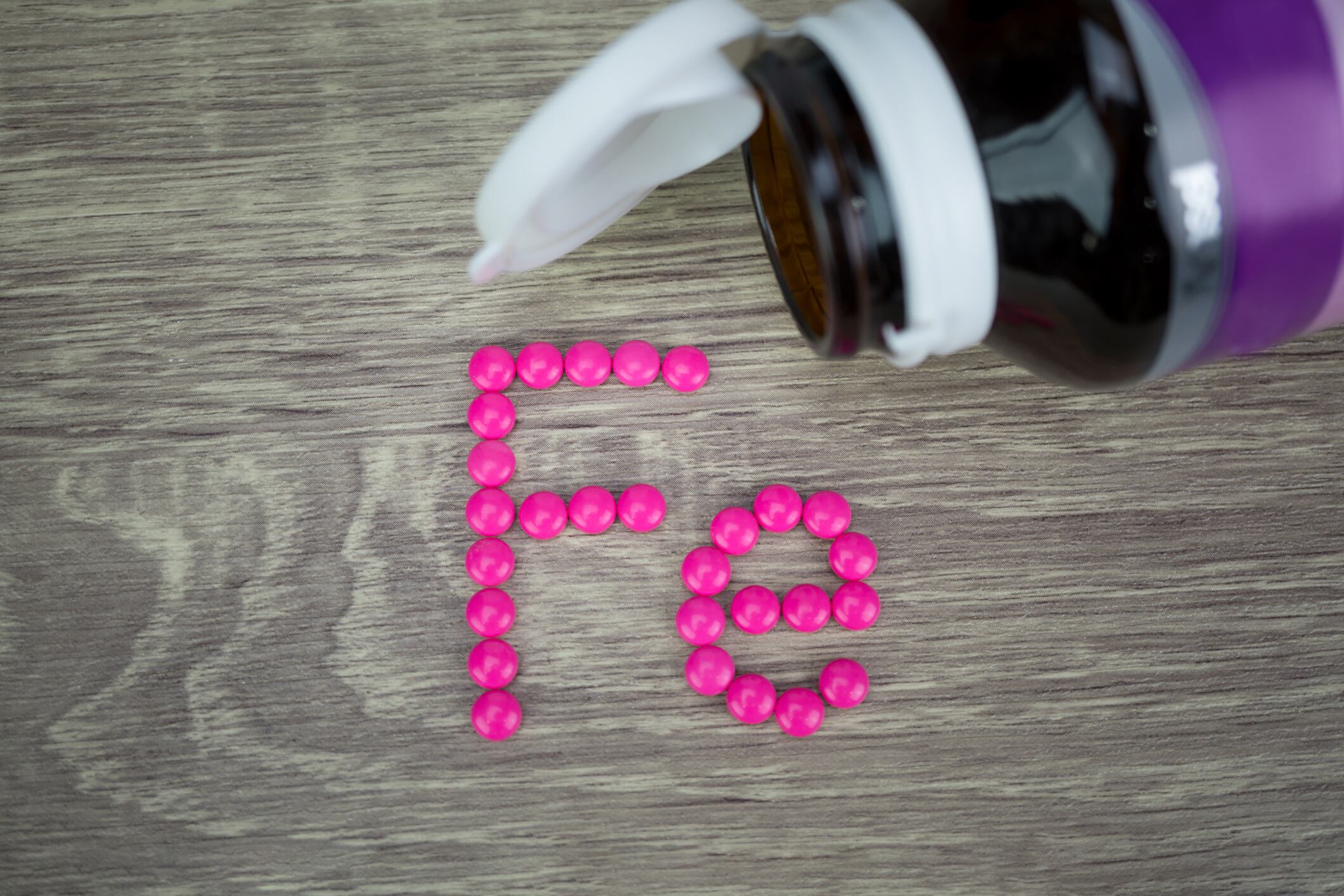The study, conducted by researchers at Jehangir Clinical Development Centre Pvt. Ltd., ran from August 2023 to May 2024 and followed 223 children aged 3.0 to 6.9 years.
All children started below the 25th percentile for height or weight on WHO growth charts and showed picky eating behaviours, such as refusing vegetables or avoiding new foods.
The researchers divided them evenly into two groups.
One group received monthly dietary counselling from nutritionists, while the other received the same counselling plus two daily servings of a paediatric ONS for 180 days.
Counsellors guided caregivers on planning balanced meals using local foods, proper portions, and all food groups.
Families kept simple diaries to record meals, supplement use, and sick days. Field staff measured height, weight, and mid-upper arm circumference (MUAC) using WHO-standard methods.
The supplement and routine
Children in the ONS group drank one 225 mL serving at school and another at home.
Each serving, made from a 45.5 g sachet, provided balanced macronutrients, essential vitamins and minerals, and added nutrients such as prebiotic FOS, arginine, vitamin K2, and casein phosphopeptides—ingredients linked with healthy growth and bone strength.
Stronger height gains and balanced growth
After six months, the ONS plus counselling group grew 5.8 cm on average, compared with 2.4 cm in the counselling-only group.
Their height-for-age percentile increased by 12.1 points, while the counselling-only group showed no improvement. The difference between the two groups — 13.3 percentile points (p < 0.0001) — was statistically significant.
Weight-for-age percentiles also rose faster with supplementation (9.7 points versus 2.3 points) with counselling alone.
However, BMI-for-age and weight-for-height stayed balanced, meaning the children grew taller and heavier in proportion.
MUAC-for-age, a measure of lean tissue, told a similar story. It increased by 11.1 percentile points with ONS plus counselling, compared with a small drop in the control group.
Better diet intake and nutrient adequacy
At three months, children taking ONS consumed 28.5 g more carbohydrates and 6.4 g more protein per day than those on counselling alone. At six months, the differences stayed significant, albeit smaller.
Energy intake rose by about 156 kcal per day at three months, showing that the supplement provided meaningful extra calories early on. By six months, the ONS group also showed a better protein-to-energy ratio — a balance known to support bone and tissue growth.
When researchers checked dietary adequacy against Indian RDA benchmarks, the ONS group again performed better.
At three months, 42.5% met energy adequacy targets compared, with 17.1% in the control group.
Protein adequacy reached 100% in both groups, but carbohydrate and fat adequacy were consistently higher in the supplemented group.
Safety, adherence and illness
Both groups had similar rates of common childhood illnesses, such as fever and colds. The ONS group showed a small drop in sick episodes over time, though the difference wasn’t statistically significant.
No child stopped the study due to side effects.
According to the researchers, all reported adverse events were mild and typical for preschoolers.
Reported adherence was high at nearly 98%, with many caregivers reporting full compliance.
Why this matters for nutrition programs and industry
For clinicians and public health planners, this approach offers measurable, healthy catch-up growth.
For manufacturers, it defines a clear use pattern — two servings daily, one at school and one at home — with balanced nutrients and clinically validated outcomes.
The balanced height and weight gains are especially important. The researchers emphasised linear and proportional growth, and noted that the study’s results showed that ONS supported height gains without promoting unhealthy weight gain.
Study limitations and next steps
The trial used an open-label design in one urban site, which could influence caregiver reports of intake. As such, the researchers suggested testing the approach in rural and lower-income settings in future studies to confirm results across India’s diverse child populations.
They also recommended longer follow-ups — 12 to 18 months — to see if height gains would persist and whether children could move out of stunting categories.
Additionally, further studies could include biomarkers for nutrient absorption and bone health, and evaluate cost-effectiveness for public nutrition programs.
To conclude, the researchers wrote: “This study demonstrates the efficacy of oral nutritional supplementation, combined with dietary counselling, in improving dietary intake and increasing improvements in anthropometric measures with time, particularly height-for-age percentile, weight-for-age percentile, and MUAC-for-age percentile, without excess or disproportionate weight gain, and shows a reduction in stunting among children at risk of undernutrition.”
Source: Children. doi:10.3390/children12091152. “Impact of Oral Nutritional Supplementation and Dietary Counseling on Outcomes of Linear Catch-Up Growth in Indian Children Aged 3–6.9 Years: Findings from a 6-Month Randomized Controlled Trial." Anuradha Khadlikar, et al.




